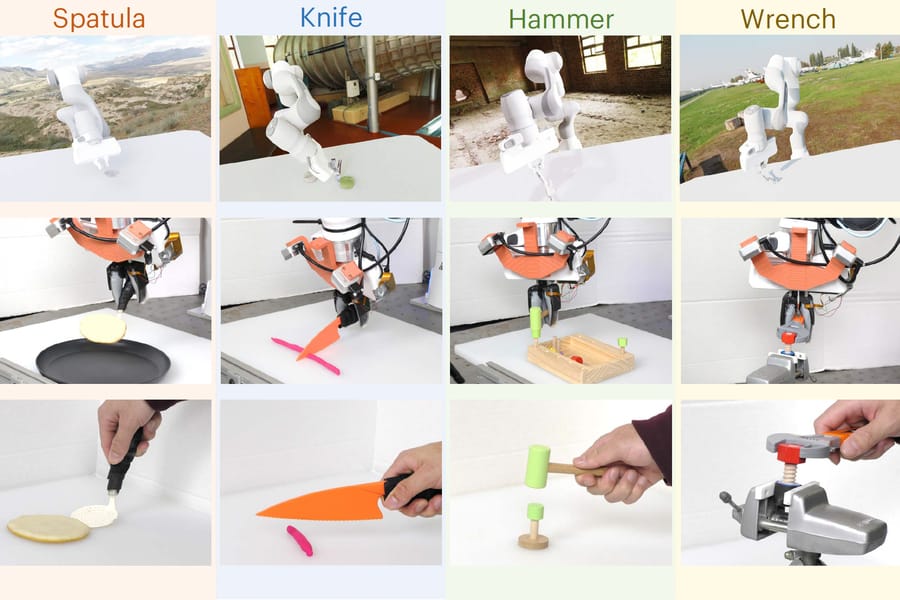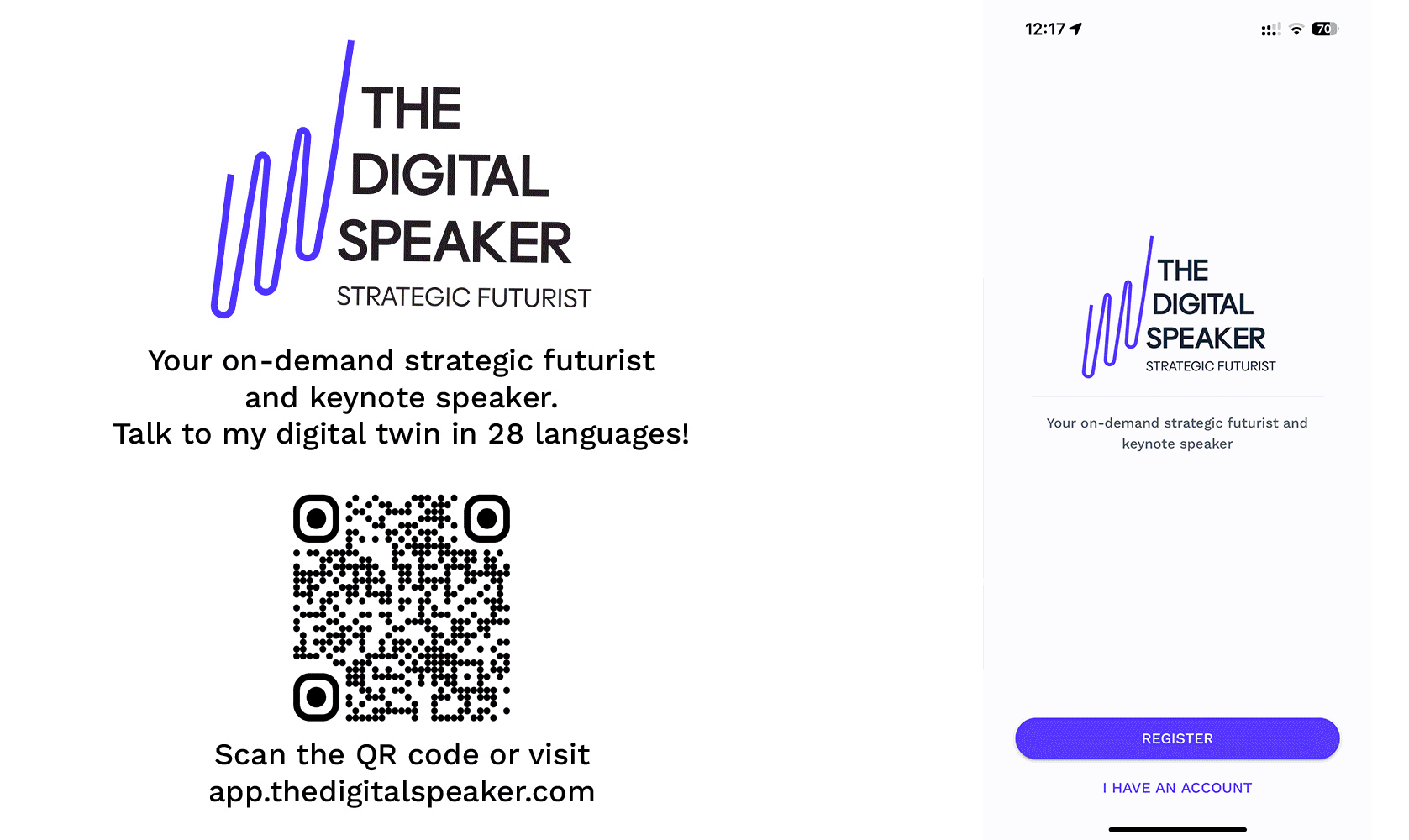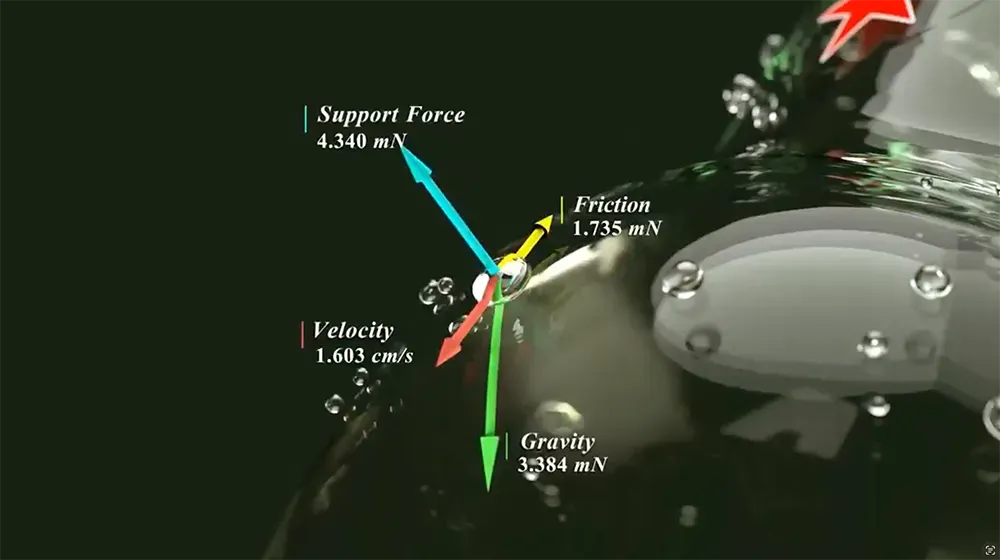From Spatulas to Screwdrivers: How AI is Teaching Robots to Master Tools

Could your next handyman be a robot? MIT’s latest AI thinks so.
MIT researchers have developed a groundbreaking technique to train robots using diverse datasets, enabling them to master multiple tools and adapt to new tasks. By leveraging generative AI models called diffusion models, they combine various data sources to create a general policy for robots. This approach, known as Policy Composition (PoCo), allows robots to perform tasks like hammering nails and flipping objects with a spatula, leading to a 20% improvement in performance compared to traditional methods.
The PoCo technique is revolutionary in its ability to integrate data from different domains, such as human demonstrations and robotic simulations. This not only enhances the robot's dexterity but also its ability to generalize across various tasks. The MIT team trains separate diffusion models on specific datasets, each learning a strategy for completing a particular task. These models are then combined into a comprehensive policy, enabling robots to switch tools and adapt to new challenges.

The implications of such advancements in AI and robotics are vast. As robots become more adept at using tools and performing various tasks, they are poised to become an integral part of the global workforce. Multi-modal large language models (LLMs) further enhance this potential by enabling robots to process and integrate information from multiple sources, such as visual, tactile, and linguistic data. This multi-modal capability allows robots to understand and execute complex tasks that require a combination of skills and knowledge.
Imagine a future where robots can not only assemble products in factories but also assist in medical surgeries, conduct scientific research, and even perform household chores. These robots, equipped with multi-modal LLMs, will be able to understand instructions, adapt to new environments, and learn from their interactions. This will lead to a more efficient and versatile workforce, capable of performing tasks that are currently challenging or hazardous for humans.
Moreover, the integration of multi-modal LLMs will enable robots to communicate more effectively with humans. They will be able to comprehend natural language commands, interpret visual cues, and respond appropriately, making them valuable collaborators in various industries. This will not only increase productivity but also enhance safety and precision in critical tasks.
However, this technological progress comes with challenges. Ensuring that these AI-driven robots are used ethically and responsibly is crucial. There must be clear guidelines and regulations to prevent misuse and ensure that the benefits of this technology are shared widely. As we move towards a future where robots become an essential part of our workforce, we must address issues of job displacement and ensure that humans and robots can coexist harmoniously.
The advancements in AI and robotics, exemplified by MIT's PoCo technique and the integration of multi-modal LLMs, herald a new era of intelligent machines capable of performing a wide range of tasks. These robots will not only enhance productivity and efficiency but also open up new possibilities for innovation and collaboration. How can we ensure this AI-driven progress remains beneficial and ethical?
Read the full article on MIT News.
----
💡 If you enjoyed this content, be sure to download my new app for a unique experience beyond your traditional newsletter.
This is one of many short posts I share daily on my app, and you can have real-time insights, recommendations and conversations with my digital twin via text, audio or video in 28 languages! Go to my PWA at app.thedigitalspeaker.com and sign up to take our connection to the next level! 🚀

If you are interested in hiring me as your futurist and innovation speaker, feel free to complete the below form.
Thanks for your inquiry
We have sent you a copy of your request and we will be in touch within 24 hours on business days.
If you do not receive an email from us by then, please check your spam mailbox and whitelist email addresses from @thedigitalspeaker.com.
In the meantime, feel free to learn more about The Digital Speaker here.
Or read The Digital Speaker's latest articles here.





